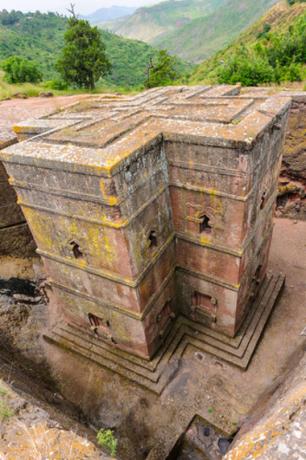Wars fought in the 20th century, such as the two World Wars, the Korean War, the Vietnam War and the Gulf War, in addition to the great destruction, slaughter and upheavals policies they triggered, presented war strategies and individual performances during battles that were rarely documented before in the wars that preceded them. One of the greatest examples of individual prominence in a war is the Finn Yes theHayha (1905-2002), who fought in the Finnish resistance to the Soviet occupation in 1939, in the first months of World War II. Häyhä is considered the sniper lethal in history, as he officially shot down more than 500 men.
The fame of this Finnish fighter spread among the members of the Red Army of Stalin under the nickname of "White death". Häyhä was camouflaged in the snow, dressing all in white and also covering her face with a white cloth mask. To better understand the history of Häyhä, it is necessary to recall a little of the context of the year 1939.
The Soviet army invaded Finland in November 1939, three months after the Nazi invasion of Poland that had started World War II. During this period, Nazis and Communists maintained an agreement of mutual cooperation in their expansionist projects. This agreement was signed in
Ribbentrop-Molotov Pact, also known as German-Soviet Pact non-aggression. The mission of the USSR was to make a rapid attack on the far north of Europe and to easily subjugate the territories of countries like Finland. However, the Soviet forces were not prepared for the Finnish resistance, as the historian Norman Davies emphasizes in his work “Europe at War”:[…] When, on November 30, the Soviet columns advanced heavily, they were shot by fast-moving Finnish troops, who were they moved on skis, and by snipers ambushed in the snow-covered forests and icy swamps, facing the defensive line of Mannerheim. The Soviets suffered casualties ten times those of the Finns. Tens of thousands of Soviet soldiers surrendered. And hundreds of tanks were caught in ambushes before they even fired. Despite the bombing of Helsinki, the Finns were unwilling to submit. From the Soviet point of view, this “December miracle” represented a humiliating catastrophe.. [1]
Do not stop now... There's more after the advertising ;)
The “guerrilla” structure used by the Finns, with camouflage, sudden and flanking attacks, irregular formations, etc., managed to push the Soviet army into successive traps. It was in this ambience that the figure of Simon Häyhä became the “white death”. Simon came from a peasant family and as such he had a very strong experience with hunting and, consequently, with the handling of long-range rifles to shoot at stationary targets or at movement. In addition, the "white death" also had experience in winter and winter survival techniques. forest, which facilitated its camouflage and permanence in inhospitable places, suitable for ambushes.
An interesting factor to note is that Häyhä¨ did not use rifles with a telescopic sight (with telescopes), as it could reflect sunlight and indicate its position to the enemy army. He preferred the common aim, like the one he used for hunting. In a period of approximately 100 days, the “white death” took down about 500 Soviet soldiers. The Soviet army even claimed his head at a premium, sending special divisions to kill him, which also included Russian snipers. One of these marksmen managed to wound Häyhä in the left side of his face, irreversibly deforming his face, but Häyhä remained alive.
To this day SimonHäyhä is regarded as one of the greatest European heroes of World War II and Finland's greatest hero.
GRADES
[1] DAVIES, Norman. Europe at War. Lisbon: Editions 70, 2008. for. 99.
By Me. Cláudio Fernandes
Would you like to reference this text in a school or academic work? Look:
FERNANDES, Claudio. "Simo Häyhä, the “white death”"; Brazil School. Available in: https://brasilescola.uol.com.br/historiag/simo-hayha-a-morte-branca.htm. Accessed on July 27, 2021.



